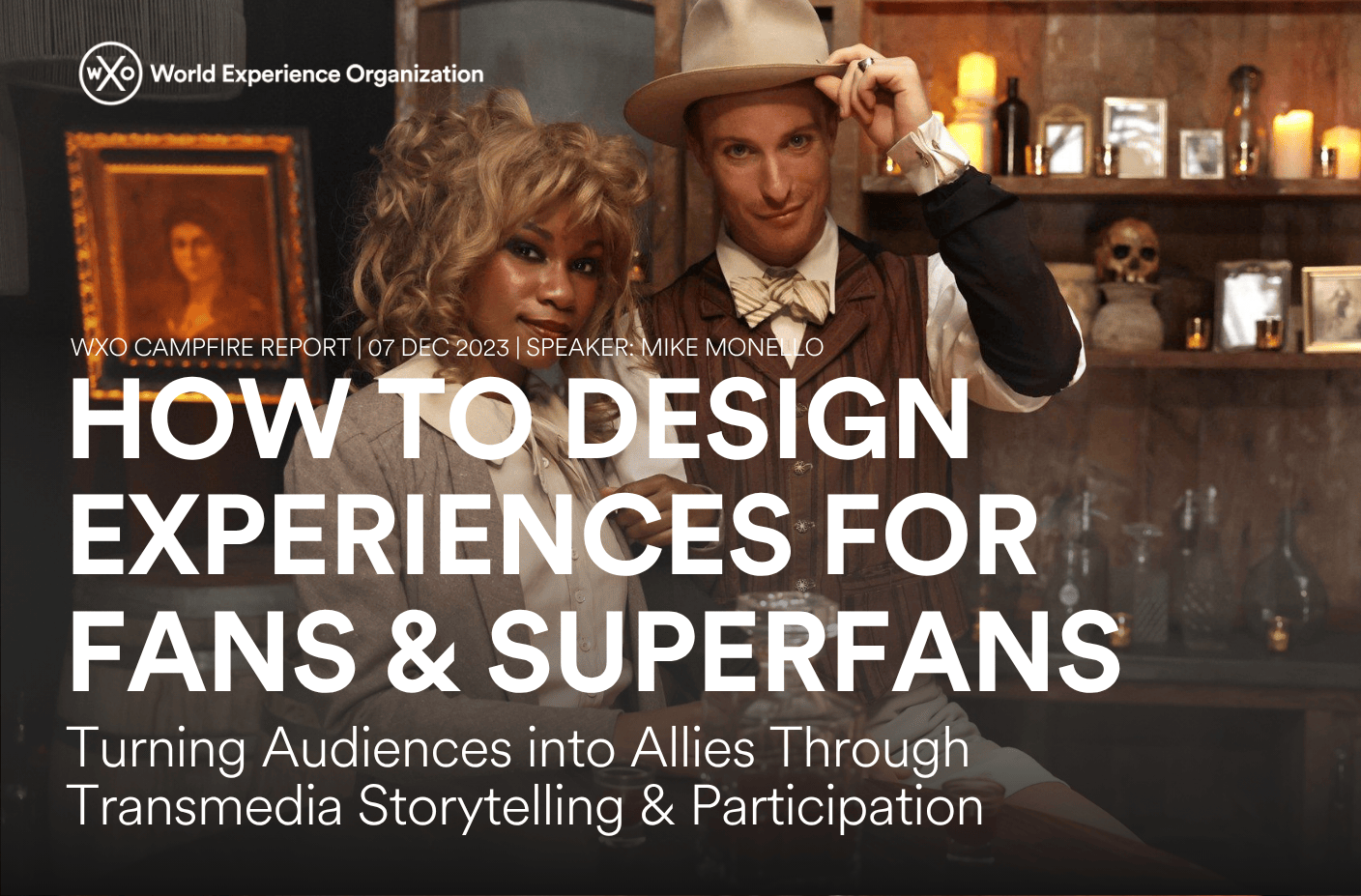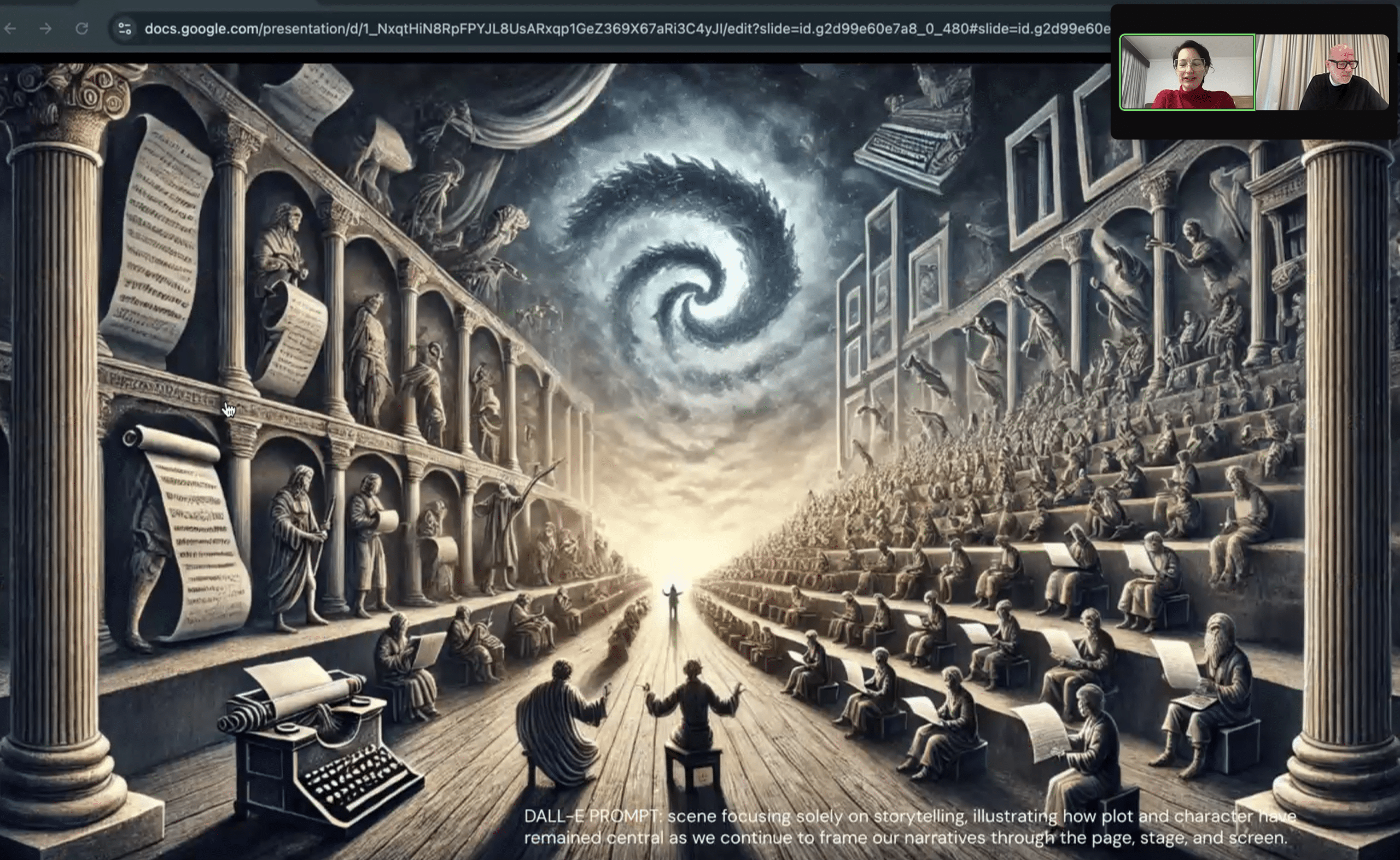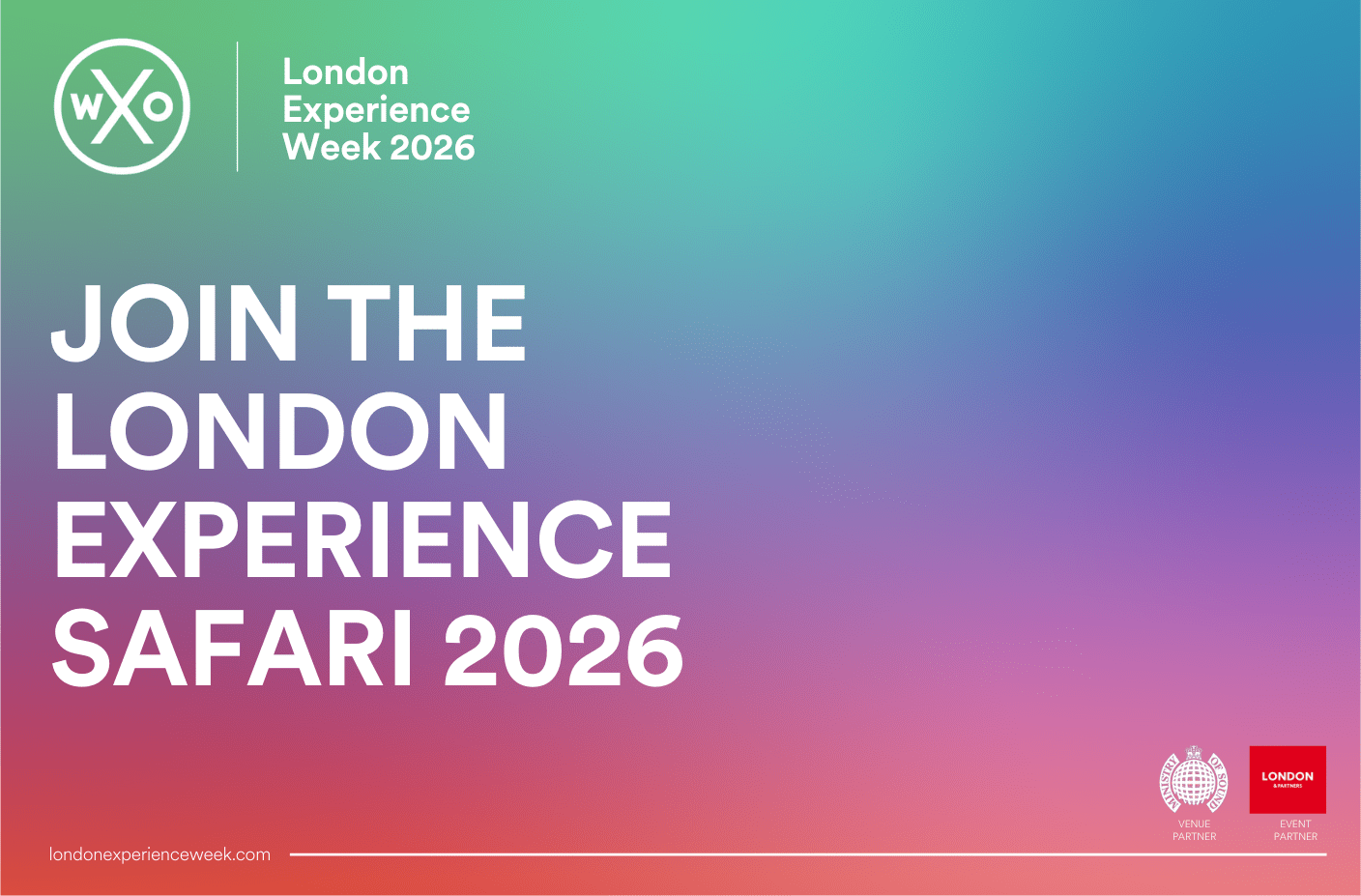Fandoms have emerged as pivotal forces in contemporary pop culture. They not only shape cultural dialogues, but also foster profound connections with the narratives and characters they admire. This passionate involvement of fandoms is a dynamic engine driving the entertainment industry forward.
Mike Monello is one of the creators of The Blair Witch Project and Co-Founder/Creative Director of Campfire. The movie was the springboard for a new, transmedia approach to telling stories across multiple channels that creates not only brand love, but fan love. This is perhaps the most powerful tool we have for supporting a creative idea.
Since then, Campfire has applied these principles to generate unprecedented buzz and engagement for dozens of much-loved IPs, including The Walking Dead, Westworld, What We Do In The Shadows, Ted Lasso, and many more.
In his Case Study Campfire, Monello deconstructed the fundamental principles that are the cornerstone of his approach. Drawing upon recent projects executed for AMC Networks’ Street of Immortality, Hulu Animayhem: Enter the 2nd Dimension, and Only Murders in the Building: Backstage at the Goosebury, he illustratds their practical application and demonstrates how they’re brought to life in engaging, real-world contexts.
Expect to learn:
- How to design for multiple levels of fandom, from “skimmers” to “dippers and divers”
- The importance of leaving “white space” for individual stories
- How to spark meaningful participation with fans
We’ve created a Campfire Report based on Mike’s talk. Free to download, it’s packed with actionable insights, tips and advice straight from Mike along with a full transcript of the session.
Included in your download:
- Thought leadership article
- Visual infographics
- Full Q&A transcript of the session
- Further reading and resource appendix
Fill in the form below to receive your free Campfire Report:
How to watch this Campfire:
WXO members can watch the recordings of this and 100+ Campfires as part of their membership.
About WXO Campfires:
🔥 Every week, WXO runs two online Campfires – intimate, informal, insight-rich sessions with the brightest minds in the Experience Economy – because we believe experience matters.
🤔 Members get to put their questions directly to expert speakers as well as network with experience professionals from over 40 countries.
🎓 Previous speakers have included the likes of Joe Pine, Kevin Williams, Laura Hess, Heather Gallagher, Bob Cooney, Pigalle Tavakkoli, Lou Murray and many more
🤯 Campfires have covered everything from real-time brain measurement to rave culture, sound therapy to AI storytelling, Minecraft to Elvis.
To join the WXO, please head to our Join page.
The WXO is a global home for the leaders, shapers and doers in the Experience Economy. As a member, you’ll get:
🔥 Live access to Campfires like this one, with the chance to put your questions directly to expert speakers
🎥 Unlimited access to our on demand library of over 100 Campfire recordings
🌍 A network of 1,000+ experience professionals from over 40 countries
🌍 Connect with members from such brands as AREA15, Secret Cinema, Disney, Meow Wolf, Layered Reality, Luna Park, Moment Factory and many more





